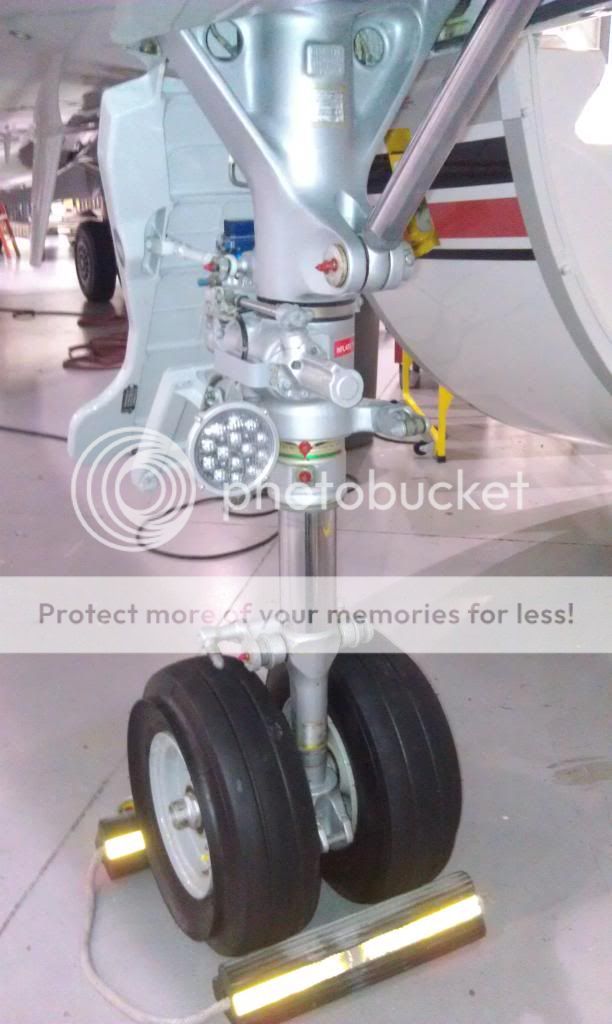Order 8110.42 PMA approval procedures
3. Basis for Design Approval.
These methods are:
a. Identicality by Showing Evidence of a Licensing Agreement.
(1) The applicant sends the appropriate MIDO document from the TC, STC, or TSO authorization holder authorizing use of their data package. Evidence of a licensing agreement is
6 6/23/08 8110.42C
not a separate approval method, but is a way to show identicality. The applicant uses this evidence to show that the data submitted are FAA-approved and identical to the original part. For FAA purposes, the licensing agreement (in any form) only needs to authorize the applicant to use the specified type design data. See FAA Order 8120.2, Section 5, for more information.
(2) Following the current industry practice, TC holders prepare "assist letters" for applicants to send to the MIDO. This practice meets the requirements of showing evidence of a licensing agreement under 14 CFR § 21.303(c)(4). Find a sample assist letter in FAA Order 8120.2, Figure 10.
(3) PMA Assist Letter. In the assist letter, the licenser (usually a TC holder or a PAH) may identify critical parts to aid MIDO processing of the PMA application.
b. Identicality without a Licensing Agreement.
The applicant sends the appropriate ACO a statement certifying that the design is identical in all respects to an approved design (for example, TC, STC or TSO authorization). The applicant also provides the data supporting the identicality claim for review and approval. These data verify the identicality in dimensional and material characteristics, special processes and coatings, and test and acceptance criteria. Identicality without access to the original design data is nearly impossible for sophisticated parts with proprietary processes or coatings. Identicality to another PMA is unacceptable because 14 CFR § 21.303(c)(4) restricts identicality to only parts covered under type certificates.
c. Test and Computation.
The applicant sends the ACO a data package for review and approval. This data package describes the part design, which includes materials, processes, test specifications, system compatibility, maintenance instructions, and part interchangeability. The package also includes a test and substantiation plan to show compliance with applicable airworthiness standards. See chapter 2, paragraph 5 for more details about the data package.
d. Supplemental Type Certificate (STC).
The applicant stipulates use of the approved data from the STC and refers to the STC number.
4. Draft PMA Supplements.
[FONT=Times New Roman,Times New Roman][FONT=Times New Roman,Times New Roman]After approving the PMA, we will assign a PMA and supplement number. Use the following samples as guides for preparing FAA-PMA supplements:
• Appendix F, Sample FAA-PMA Supplement for Identicality (Non-Licensing Agreement) or Test and Computation, is a supplement based on either identicality without a license agreement or test and computation.
• Figure 11 of Order 8120.2, Sample FAA-PMA Supplement for Licensing Agreement and STC, is a supplement based on either an STC or licensing agreement.
5. Verification of Installation Eligibility.
a. A manufacturer’s IPC offers information about installation eligibility, but the IPC is usually not FAA-approved. Consider using the IPC with other data like purchase orders from the PAH, service bulletins, maintenance manuals, a technical publications index, or a master drawing list. We cannot use the IPC to make any engineering finding leading to approval of the applicant’s design data. Also we cannot use the IPC to determine part conformity. Other acceptable documentation is a combination of the following:
• FAA airworthiness approval tag (FAA Form 8130-3),
• Other PMA supplements, and
• “Weight of evidence” evaluations using enough information from various sources to show eligibility.
b. Accept use of the IPC alone as a means for verifying installation eligibility on non-critical parts. When the IPC is the sole means of verifying installation eligibility, confirm the authenticity of that IPC.
c. If the application lacks documentation from the TC or TSO authorization holder (or other FAA-approved data), then the ACO may consider other evidence from the applicant. To verify installation eligibility, check other documents including the type design’s master drawing
[/FONT][/FONT]


